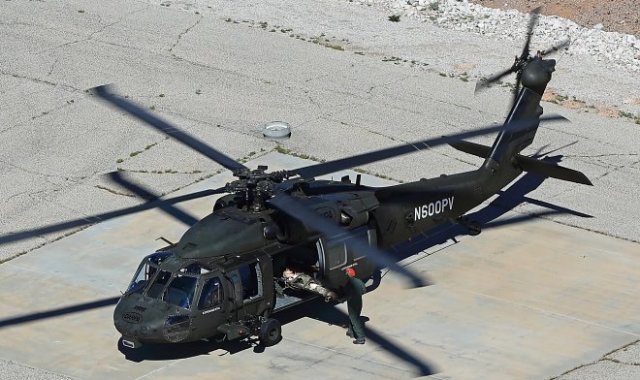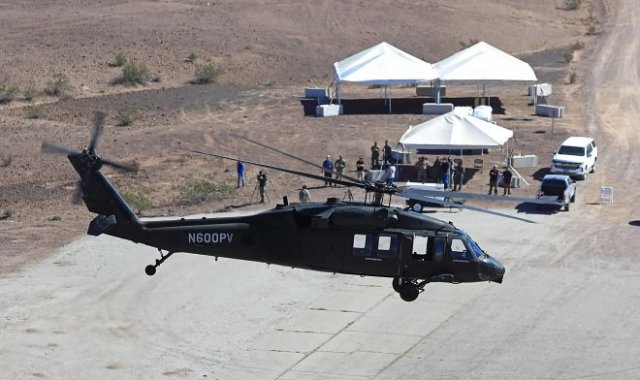
Black Hawk Modern technologies are gradually blurring the line between manned and unmanned aerial vehicles.
So, during a series of test flights at the US Army training ground Yuma, Arizona, a demonstration mission of the Black Hawk helicopter was carried out completely offline as part of the Project Convergence 2022 (PC22) program.
One of the main goals of the exercises is to prove that helicopters like the Black Hawk can be used both in manned and unmanned versions when the combat situation is too dangerous for the crew, or when it comes to performing simple, routine missions. The exercise involved a UH-60A Black Hawk helicopter equipped with Sikorsky's MATRIX technology and the DARPA ALIAS crew automation system. Thanks to them, an ordinary army helicopter has turned into an autonomous aircraft capable of responding to emergency situations without human intervention in addition to performing autopilot functions.

Black Hawk During one of the demonstration flights, 400 boxes weighing 228 kg were loaded on board the helicopter, which the crew delivered to the test site, and then left the helicopter, transferring further control to the MATRIX system.
In fully autonomous mode, the car flew about 140 km at a speed of 185 km/ h and an altitude of 60 m. At the next stage, a 12-meter cable with an external load of 1180 kg was attached to the UH-60A Black Hawk. After a half—hour flight, the operator gave the device a command to land - the helicopter lowered the cargo to the ground, landed and waited for a stretcher with a dummy simulating a wounded man to be loaded on board. After that, the helicopter went to the medical center, while the BATDOK health monitoring device on board transmitted real-time information about the condition of the "victim" to the waiting medical team.
Alexander Ageev
